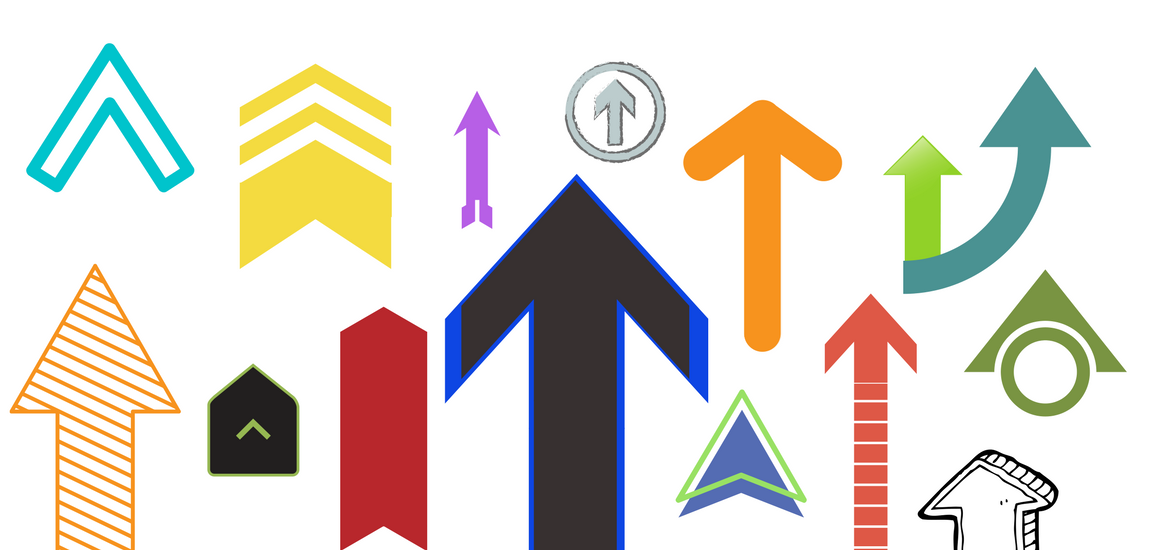Different is Good for Business
Author
Paola Ayala
Publish Date
February 28, 2018

What Does Workplace Diversity Look like?
For someone to understand workplace diversity, they must first understand who they are as a person – where they come from, what their values are, how they’re similar to those around them, and how they’re different. They must also be aware of their own unconscious biases and how they manifest. A deeper self-knowledge can heighten awareness of what it means to be different, allowing us to embrace those differences and use them to contribute.
I am a heterosexual female, a Mexican immigrant, and a millennial. While these attributes may check a few boxes in the diversity checklist, organizations must understand that I am much more than that. How I look and where I come from makes me diverse, but who I am – my background, life experiences, and how I think – are my truest contributions to the workplace diversity. Different is good; for individuals, for teams, for organizations, and for society as a whole.
Data shows diverse organization are more profitable.
They are more innovative and retain top talent. [2][5][8] “Businesses see an increase in ROI when there’s more [workplace diversity] – 35% for ethnically diverse companies, and 15% for gender-diverse companies.” [8]
Ethnicity and gender are only two aspects of diversity, but the numbers show why different is good. Now let’s dive into what companies can do to increase diversity efforts in organizations.
What Companies Can Do
The Harvard Business Review article “Why Diversity Programs Fail,” describes a number of mistakes that result in a lack of positive change around diversity, including a command and control approach to reeducating the workforce. [3] However, the good news is there are things we CAN DO to drive diversity efforts forward.
Checking off a box is not enough. Companies are encouraged to focus on engagement, inclusion, social responsibility, and creating a sense of belonging to drive positive changes in diversity.
Here are a few ways to ensure diversity is moving in the right direction:
- Individuals: “When employees do not understand the direction of the organization, do not feel valued or listened to, do not feel appreciated, they do not give their best work.” [4]
- Managers: Include managers in mentoring programs and recruitment process, not just in interviews. Coca-Cola implemented both mentoring and college recruitment programs after settling a race discrimination suit in 2000. After five years, 80% of all mentees had climbed at least one step in management. [9]
- Inclusion: Connect people to empower them and recognize their individuality. When people of diverse backgrounds hold a variety of roles, it helps others envision themselves contributing in those higher capacities. Leaders can create self-managed, diverse teams to increase contact with different backgrounds and viewpoints to lessen bias.
- Social Accountability: Create an environment that thrives by doing what’s right. Companies are held accountable for social and ethical aspects of the business. A diversity task force can promote accountability for hiring decisions and promotions. “On average, companies that put in diversity task forces see 9% to 30% increases in the representation of white women and of each minority group in management over the next five years.” [9]
- Creating a Sense of Belonging: Here’s an great way to think about belonging, a concept that’s often confused with diversity and inclusion:
“Diversity is like being invited to party, inclusion is being asked to dance, and belonging is dancing like no one’s watching.” [7]
It’s important to create an atmosphere of psychological safety, where employees can be their authentic selves without fear of judgment.
Everyone can make an impact on workplace diversity
“Over 80% of talent acquisition leaders and hiring managers say that diversity will be the most important trend shaping the future of recruiting, according to LinkedIn’s Global Recruiting Trends 2018.” [4][6]
We all have the power to become a change agent, one small action in the right direction can have rippling effects.
About the author:
Paola Ayala is a Talent Acquisition Manager in San Francisco, CA. She started her career with TSG in Raleigh, NC as a Technical Recruiter after graduating from Virginia Tech in 2013. Paola moved to California in 2015 and has been assisting the Talent Acquisition Team with West Coast hiring efforts for the past 2+ years. Her favorite thing about her role is having a direct impact on TSG’s growth by hiring talent and spending time on campus connecting with students. Outside of work, she loves to spend time exploring San Francisco.
Thanks to these sources, quoted throughout:
- “Despite Increased Focus on Diversity and Inclusion, Expert Shares 3 Areas Where Companies Still Fall Short,” by Samantha McLaren. LinkedIn Talent Blog, November, 2017.
- “How To Lead The Push For Diversity In The Workplace,” by Monica Thakrar. Forbes, June 2017.
- “Is your team engaged? Here’s a short way to find out,” by Chester Elton and Adrian Gostik. LinkedIn, October 2017.
- “The 3 Industry Trends that Talent Leaders are Talking About,” by Gregory Lewis. LinkedIn Talent Blog, October, 2017
- “The Top 10 Economic Facts of Diversity in the Workplace,” by Sophia Kerby and Crosby Burns. Center for American Progress, July 2012.
- “Three Difficult Diversity Lessons from Yelp, AirBnB, and Deloitte,” by Samantha McLaren. LinkedIn Talent Blog, October 2017.
- “Why Creating a Sense of Belonging Is a Gateway to Diversity and Inclusion,” by Gregory Lewis. LinkedIn Talent Blog, November 2017.
- “Why diversity matters,” by Vivian Hunt, Dennis Layton, and Sara Prince. McKinsery & Company, January 2015.
- “Why Diversity Programs Fail,” by Frank Dobbin and Alexandra Kalev. Harvard Business Review, July 2016.
